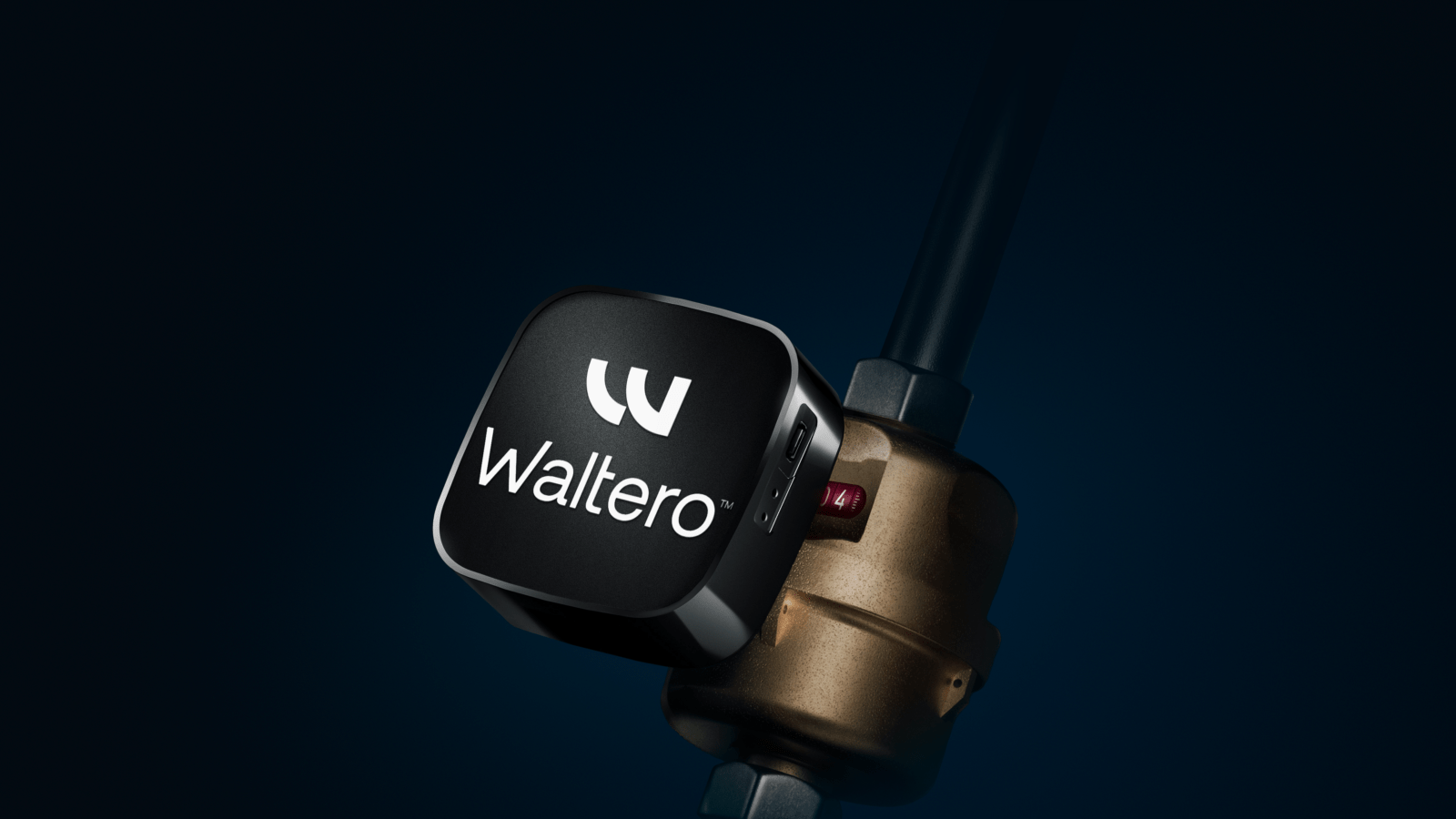The debate of smart meter vs regular meter is crucial when considering energy management, as the former integrates seamlessly with home automation systems and offers users detailed insights into their energy consumption.
Are you torn between opting for a smart meter or sticking with a traditional one? This choice holds considerable sway over your energy budget and usage habits, given the strides made in home energy control.
Our comprehensive article aims to illuminate the perks and pitfalls of both meter variants, the crucial aspects like cost-effectiveness, precision, and constructive evolution.
With this knowledge, you’ll be well informed to make a savvy decision that aligns with your needs and preferences.
Understanding Smart Meters and Traditional Meters
Smart and traditional meters differ in their method of monitoring electricity usage. At the forefront of energy metering evolution, smart meters offer unparalleled interactivity and data provision, outperforming traditional meters.
Recognizable by their digital displays and absence of a regular meter reader, smart meters continuously record and communicate your energy consumption directly to your energy supplier, ensuring that your bills are based on actual usage rather than estimates.
Traditional meters, usually analog, hark back to an earlier era, necessitating a meter reader’s physical visit and manual reading submissions to bypass the complications of estimated billing.
Smart Meter
A smart meter is an advanced digital device that records the consumption of electric energy, gas, or water and communicates that information to the utility provider for monitoring and billing purposes.

Smart meters present a significant advancement, equipping homeowners with an array of sophisticated features that reshape our perception of electricity meters.
For instance, installing a smart meter reader over an electricity meter will provide you with accurate real-time data on electricity supply along with tracking down electricity consumption.
Waltero’s smart meter offers you:
Monitor your energy consumption in real-time, receiving insights that can guide you to make smarter energy choices.
Eliminate the need for a meter reader, as automatic readings are sent to your energy provider—no more estimated bills or manual meter readings.
Detect issues and facilitate speedy resolutions that minimize inconveniences.
The ease of automated readings from flow meters
Enhanced precision in measuring energy use and promoting energy efficiency
Instantaneous feedback on energy consumption patterns
Differential pricing structures that encourage using power during non-busy times, which may result in reduced expenses for energy.
Moreover, these generation smart meters are not only savvy in tracking usage but also in detecting issues, facilitating speedy resolutions that minimize inconveniences.
Traditional Meters: Analog Technology and Manual Readings
Relying on manual meter readings to measure electric energy usage, traditional meters are characterized by their analog dials and uncomplicated design.

The energy meter only tells a part of your energy story, with the full narrative often lost between infrequent readings and the risk of human error.
When a meter reading is not submitted, energy suppliers are forced to estimate your usage, which can lead to discrepancies in your bill—sometimes in the supplier’s favor, other times in yours.
With the advent of energy meters, this issue can be significantly reduced, providing a clearer picture of how much energy is being consumed.
The absence of real-time monitoring capabilities is a significant handicap, leaving you without the insights needed to manage your energy consumption effectively.
Comparing the Advantages and Disadvantages
In evaluating the advantages and disadvantages of smart meters against traditional meters, the consideration must extend beyond the convenience of automatic readings and the familiarity of traditional methods.
Smart meters often come with a higher initial installation cost, but many energy providers are now offering free installation to offset this expense.
This makes the transition to smart metering a more attractive proposition for those looking to gain more control over energy, and its data, and surely minimize water utility risks, save money, and remain sustainable in the long run.
Benefits of Waltero’s Smart Meter
The benefits of a smart meter are manifold. They include:
Accurate billing, free from the risks and uncertainties of estimated bills
Real-time monitoring of energy usage, displayable
Immediate feedback through real-time data on energy consumption, enabling you to make prompt adjustments that can lead to significant savings.
Supplying vital data during peak times and emergencies, which expedites issue identification and efficient power restoration
Tracking energy usage in detail, allowing you to shift consumption to off-peak times and take advantage of lower rates
Contributing to more efficient energy management
Cons of Traditional Meters
The drawbacks of traditional meters are notable. Manual readings can lead to less accurate energy usage data, as they lack the currency and precision of smart meter automatic readings.
Smart meters in rare hot conditions, around 1,600 out of 2 million meters were discovered to exhibit accelerated internal clock rates. This equates to a meter failure rate of 0.08%, or less than one-tenth of a percent. In contrast, PG&E reports that analog meters have a failure rate typically around 3%, indicating they fail at rates approximately 40 times higher than those observed in the case of defective smart meters.
Inconsistency in submitting manual readings can result in financial problems for energy users, and present high risks in terms of data and energy-level conservation for energy utilities.
Transforming Regular Meters to Smart Ones: The W-Sensor
Innovations such as the W-Sensor are transforming our perception of regular meters. By converting any traditional meter to a smart meter, the W-Sensor ensures that homeowners and businesses alike can enjoy the benefits of smart metering without the need to overhaul existing meter infrastructure.

This simple device embodies the potential for a scalable, cost-effective approach to energy management, capable of monitoring and managing multiple meters across properties.
Transforming Any Meter into a Digital Meter
Any type of meter can be adaptable with the W-Sensor of Waltero. It can be installed with various types of metering apparatus including:
Electricity meters
Gas meters
Heat meters
Water meters

There’s no need to detach old meters, you just install the smart meter reader over it.
The W-Sensor offers the following features:
Self-learning artificial intelligence to adapt to various meter types
Provides a digital meter experience for mechanical pulse outputs from old meters
Long-lasting battery
Optional power supply
Retention of manual readability
With these features, the W-Sensor upgrades traditional meters while also retaining their value and operational life.
Easy Installation and Scalability of the W-Sensor
The ease of installation is a testament to the thoughtful design of the W-Sensor—any homeowner can install it within minutes, eliminating the need for professional installation services.
While it’s true that wireless systems like the W-Sensor must balance sensor range with the overall scalability of the system, the W-Sensor has been designed to overcome these challenges, ensuring that it can support a high number of sensors without compromising functionality.

This infinite scalability allows the W-Sensor to accommodate the needs of single-family homes, and large-scale commercial complexes, and cities as a whole, making it a versatile solution in the advancement of smart metering in water utilities.
Waltero Towards Smart Cities and the Future of Water Utility
Smart meters, devices like the W-Sensor, extend beyond individual homes. They form a crucial part of smart cities—urban settings that utilize digital water utility technology to enhance their citizens’ quality of life.
Through retrofitting traditional meters with add-on sensors, homeowners can participate in smart grid technology, enabling a more responsive and efficient energy use and supply.

As we look towards the future, it’s clear that innovations like the W-Sensor play a crucial role in the transition towards smarter, more sustainable energy systems.
Energy Efficiency and Conservation
The drive towards energy efficiency is a key motivator behind the adoption of smart meters.
These devices not only help consumers track and reduce their energy consumption, but they also play a pivotal role in environmental sustainability.
Having real-time data about energy usage, Waltero’s smart meters incentivize users to identify and rectify inefficiencies and be alerted in case of leakage or abnormal usage, such as those caused by accidents or faulty appliances and manual readings.
Detailed consumption tracking, as demonstrated by programs such as the W-solution from Waltero which offers a smart meter with a complete end-to-end solution, spanning sensors, communication, cloud services, and data management. Thereby promoting a culture of conservation, and thoughtful energy use combined with a digital future.
5 Frequently Asked Questions
1. What are the main advantages of smart meters over traditional meters?
The main advantages of smart meters over traditional meters include real-time energy consumption data for accurate billing and effective energy usage management, as well as advanced features like low credit alerts and integration with renewable energy sources.
2. Can traditional meters still be used effectively in today’s energy landscape?
Yes, traditional meters can still be used effectively with manual readings, but they lack the real-time monitoring and data analytics capabilities of smart meters.
3. What is the W-Sensor, and how does it upgrade a traditional meter?
The W-Sensor is a device that can upgrade a traditional meter into a smart meter, offering real-time monitoring and automatic readings without the need to replace the existing meter.
4. Is the installation of the W-Sensor complex, and do I need professional help?
No, the installation of the W-Sensor is designed to be simple and can be done within minutes without specialized tools or professional help.
5. How do smart meters support the development of smart cities?
Smart meters support the development of smart cities by providing essential data for predictive analytics and real-time energy management, which are crucial for the efficient operation of utility systems.
Summary
Navigating the choice between smart meters and traditional meters boils down to a balance of modern convenience, cost, and personal preference for data privacy. Smart meters offer a host of benefits, from accurate billing to enhanced energy management, while traditional meters provide a simpler, if somewhat outdated, alternative.
The introduction of Waltero’s W-Sensor represents a significant step forward, combining the reliability of traditional meters with the functionality of smart technology, without the need for an extensive overhaul of existing infrastructure.
The future of home energy management looks brighter—and smarter—than ever.

